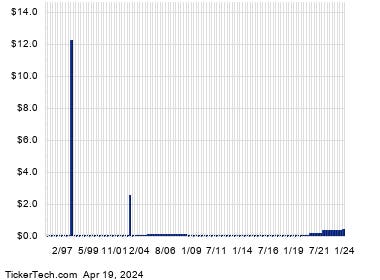As the United Arab Emirates grapples with historic floods that have overtaken roads and highways, disrupted flights at Dubai International Airport, and killed nearly 20 in neighboring Oman, theories have emerged about the role of cloud seeding in the extreme rainfall. Cloud seeding is a process that releases particles into clouds to increase the likelihood of rain, often used in dry regions like the UAE. However, experts have expressed skepticism about whether cloud seeding could have significantly contributed to the recent heavy rainfall in Dubai.
Conflicting reports have arisen regarding whether cloud seeding occurred prior to Tuesday’s flooding. Meteorologist Ahmed Habib claimed that cloud seeding planes were flying on Monday and Tuesday, while the country’s National Center of Meteorology stated that seeding only occurred on Sunday and Monday, and later told CNBC that no seeding took place before the flooding. Despite these discrepancies, the Associated Press tracked planes affiliated with the National Center of Meteorology flying around the country on Monday.
Some experts have dismissed the idea that cloud seeding could have caused the intense rainfall, attributing the event to climate change instead. Professor Maarten Ambaum from the University of Reading in England stated that no technology currently exists to create such extreme rainfall events. He emphasized that the recent rainfall in Dubai was the result of thunderstorms forming due to heat drawing moisture into the atmosphere, which can lead to significant rainfall. Other experts have also emphasized the impact of climate change on extreme weather events.
Cloud seeding is a weather modification technique that uses ground-based generators or aircraft to disperse compounds into existing clouds that can induce rain or snowfall. The Desert Research Institute in Nevada, which operates its own cloud seeding program, uses silver iodide to prompt snowflake formation. Meanwhile, UAE officials have stated they use “natural salts” in their program, which experts say have no negative environmental impact. Specialized planes with hygroscopic flares are used to shoot the salt into clouds when suitable moisture-filled clouds are identified.
Dubai experienced 5.59 inches of rain on Tuesday, more than the city typically receives in a year. The heavy rainfall led to traffic disruptions and flight cancellations at Dubai International Airport, with videos circulating on social media showing planes navigating waterlogged runways. At least one person was reported dead in the UAE, while 19 deaths were reported in Oman. The UAE has been conducting cloud seeding experiments since the 1990s, and the practice is also common in other regions around the world, including areas aiming to increase snowpack and produce rainfall.
Cloud seeding has previously been the subject of conspiracy theories surrounding natural disasters. Earlier this year, damaging storms in California prompted speculation on social media that cloud seeding contributed to the rainfall, despite officials denying any cloud seeding activities. The practice of cloud seeding continues to be scrutinized in the wake of extreme weather events, with experts and authorities working to determine the factors at play in such occurrences.















